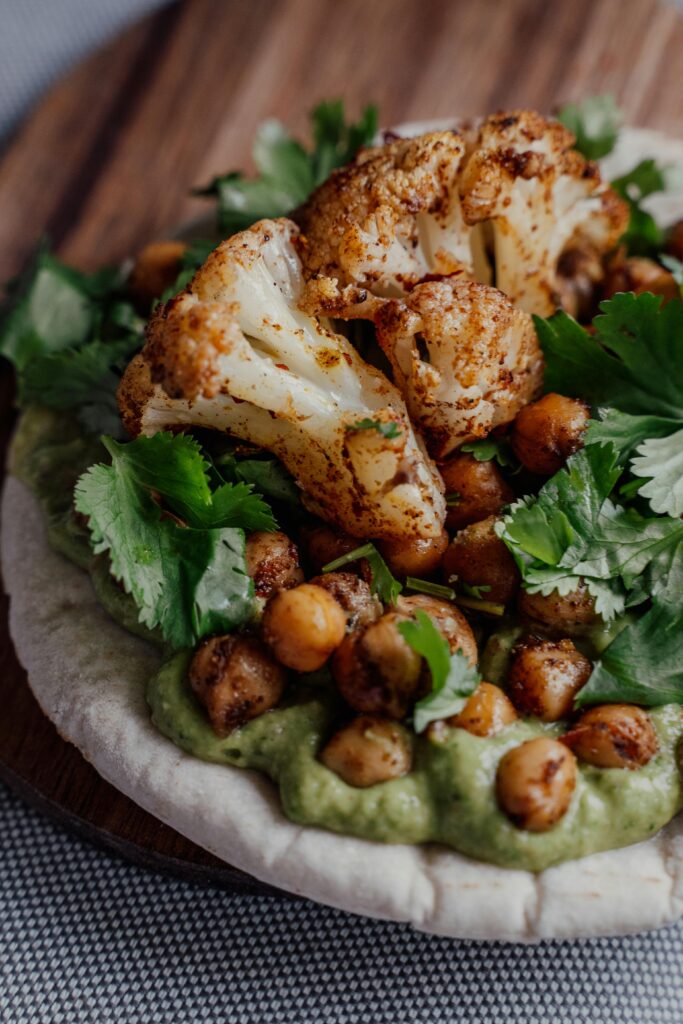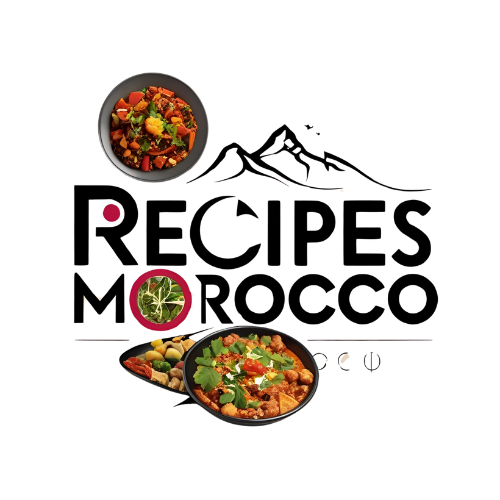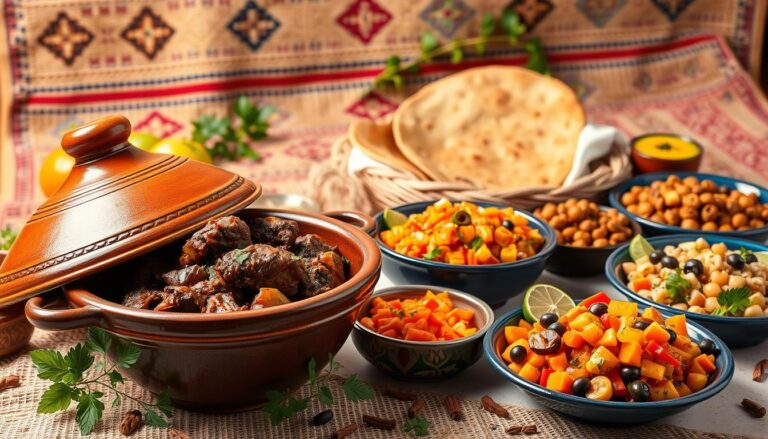Moroccan Spices: The Foundation of Moroccan Cooking

A variety of spices that characterize its distinct flavor profile are at the core of Moroccan cuisine, which is a vivid tapestry woven from many cultural influences. Moroccan cuisine reflects location, history, and tradition through its use of spices, which goes beyond simple flavor. Spices have been essential in forming the nation’s gastronomic scene, from the busy souks of Marrakech to the serene scenery of the Atlas Mountains. They represent warmth, friendliness, and the art of sharing meals; they are more than just ingredients; they constitute the very core of Moroccan identity. Ten key spices that are the foundation of Moroccan cookery will be examined in this essay, along with its history, applications, and rich cultural associations. It will also show how these spices transform Moroccan cuisine into mouthwatering culinary adventures.
1. Cumin: The Basis of Taste
Because of its earthy, toasty flavor, cumin is one of the most significant spices in Moroccan cooking. It is frequently added to a range of foods, including couscous and tagines, in both whole and ground form. Before being pulverized, cumin seeds are usually toasted to liberate their essential oils, which intensifies their aromatic properties. In Moroccan spice blends like ras el hanout, this spice is essential since it provides a base flavor that complements other spices. Cumin’s adaptability is demonstrated by the fact that it is utilized in some sweet foods in addition to savory ones. More than just a spice, cumin is a cultural icon that represents Morocco’s rich culinary heritage and is frequently used in family-bonding community dinners.
2. Coriander: An Aromatic Partner
The fresh, somewhat lemony flavor of coriander is another essential ingredient in Moroccan cooking. Both the fresh leaves (cilantro) and the seeds are used, and each adds special qualities to a meal. When powdered and roasted, coriander seeds give a touch of sweetness and warmth, which makes them perfect for stews and spice blends. In contrast, fresh cilantro is frequently used as a garnish to give dishes like tagine and harira a splash of color and freshness. Coriander’s dual use in Moroccan cooking, where it balances the earthiness of cumin with the sweetness of cinnamon, serves as an example of the value of flavor balance. Coriander embodies the aromatic characteristic that characterizes Moroccan cuisine, whether it is used in a savory dish or a cool salad.
3. The Golden Elixir: Saffron
In Moroccan cooking, saffron—the most costly spice in the world by weight—has a special position because of its rich flavor and vivid color. Saffron is a luxury ingredient that is meticulously collected from the stigmas of the Crocus sativus flower. Saffron is frequently used in Moroccan cooking to add a unique aroma and a golden hue to foods like couscous and chicken tagine. Its use is usually limited to special events like weddings and festivities, emphasizing its role as a representation of plenty and hospitality. Incorporating saffron into a recipe is more than just adding taste; it symbolizes the love and care that go into Moroccan cooking, which turns every meal into a celebration of culture and life.
4. Paprika: A Touch of Sweet and Smoky
A staple in Moroccan kitchens, paprika—especially the sweet kind—is prized for its mild flavor and vivid red hue. It is frequently added to rice dishes, marinades, and stews to give them depth and a hint of smokiness. Because of its adaptability, paprika can easily mix with other spices to improve the flavor profile without overpowering it. Because it includes vitamins and antioxidants, paprika is prized for its health advantages in addition to its culinary applications. Moroccan chefs frequently use paprika into their aesthetically pleasing meals, demonstrating the relationship between taste and appearance. This spice reflects the Moroccan cooking concept, which places equal emphasis on presentation, color, and flavor.
5. Cinnamon: Its Warm and Sweet Nature
Because of its warm, sweet flavor, cinnamon is a popular spice in Moroccan cooking. Its versatility is demonstrated by the fact that it may be used in both savory and sweet dishes. Cinnamon improves the sweetness of delicacies like baklava and sweet pastries, while adding depth and complexity to savory meals like stews and tagines. Moroccan cinnamon is frequently combined with honey, nuts, and fruits to create mouthwatering contrasts. The historical trade routes that traveled through the area, when spices were highly prized goods, are reflected in the use of cinnamon in Moroccan food. In addition to enhancing the taste of food, this aromatic spice makes diners feel cozy and nostalgic, bringing back memories of the friendliness of Moroccan hospitality.
6. The Golden Spice, Turmeric
Another crucial ingredient in Moroccan cookery is turmeric, which is prized for its earthy flavor and vivid yellow hue. It adds a warm, slightly bitter undertone and is frequently used in tagines and spice combinations. Due to its high content of curcumin, a substance with anti-inflammatory properties, turmeric is prized for both its culinary and therapeutic uses. Turmeric is frequently combined with other spices like cumin and coriander in Moroccan cooking to produce flavor profiles that are warm and complex. Its vivid hue also enhances the visual attractiveness of food by bringing some sunshine to the platter. Turmeric’s use in Moroccan food demonstrates the harmony between taste and health, demonstrating a profound awareness of the components that support the body and the spirit.
7. Ginger: A Kick of Zest
Ginger is a spice that adds warmth and brightness to Moroccan cuisine with a spicy edge. Both fresh and dried ginger are frequently used; the stronger flavor of fresh ginger adds zing to marinades and stews. Ginger’s cooling qualities make it ideal for summer salads and beverages, while its warming qualities make it a favorite addition to winter recipes. Ginger is frequently combined with garlic, cumin, and coriander in Moroccan cookery to create a flavor base that forms the basis of many traditional dishes. Its adaptability also extends to sweets, where it can give pastries and desserts a fiery sweetness. Moroccan cuisine’s usage of ginger demonstrates a profound love for strong flavors and the capacity to bring harmony to each dish.
8. King of Spices: Ras el Hanout
Ras el hanout, or “head of the shop,” is a traditional Moroccan spice blend that captures the spirit of the nation’s diverse cuisine. Every blend is different and frequently includes a combination of more than a dozen spices, such as turmeric, coriander, cumin, and cinnamon. The richness of taste that Moroccan cuisine offers is demonstrated by the use of this complex mixture to season a wide range of foods, including grilled meats and tagines. Moroccan chefs, who may have their own family recipes that have been handed down through the decades, frequently take great delight in creating ras el hanout. The essence of Moroccan cooking is captured in this spice blend, where the combination of flavors and scents produces a rich and welcoming culinary experience.
9. Black pepper: The All-purpose Booster
Known as the “king of spices,” black pepper is a common ingredient in Moroccan kitchens and is used to improve the flavor of a wide variety of foods. It is a crucial part in Moroccan spice blends because of its strong, sharp flavor, which counterbalances the earthiness of cumin and the sweetness of spices like cinnamon. Black pepper is used extensively, in contrast to many other spices, because it enhances a variety of foods, including vegetables and meats. Freshly ground black pepper is recommended in Moroccan cooking because it preserves the strong flavor and scent of the spice. The use of black pepper in Moroccan cooking is a reflection of the international character of the spice trade and the interdependence of culinary traditions, as this common spice is essential for enhancing food to new levels.
10. Mint: The New Finishing Touch
Moroccan cuisine relies heavily on mint, which is prized for its aromatic and refreshing flavor. It’s not a spice in the conventional sense, but it’s important in Moroccan cooking. Fresh mint is frequently used in tagines, salads, and—most famously—the making of Moroccan mint tea, which is a sign of friendliness and hospitality. Mint is a necessary component because of its vibrant flavor, which balances the richness of many recipes by adding a layer of freshness. Mint is prized for its digestive qualities in addition to its culinary applications; it is frequently eaten after meals to promote better digestion. Moroccan cooking’s usage of mint exemplifies the value of using fresh ingredients and the idea of preparing meals that are good for the body and the soul.
In conclusion
Morocco’s spices are more than just ingredients; they are an essential component of the nation’s culinary traditions and cultural identity. By adding its distinct flavor, perfume, and color, each spice elevates everyday meals into remarkable gourmet creations. These spices, which range from the brightness of ginger and mint to the warmth of cumin and cinnamon, represent the diverse range of influences that have shaped Moroccan cooking. You will learn that spices are more than simply flavor enhancers as you delve into the world of Moroccan cooking; they are the essence of a cuisine that honors tradition, community, and the pleasure of sharing meals. By using these spices in your cooking, you can introduce a taste of Morocco’s rich culinary legacy into your own kitchen and establish a connection with the country’s colorful culture.


